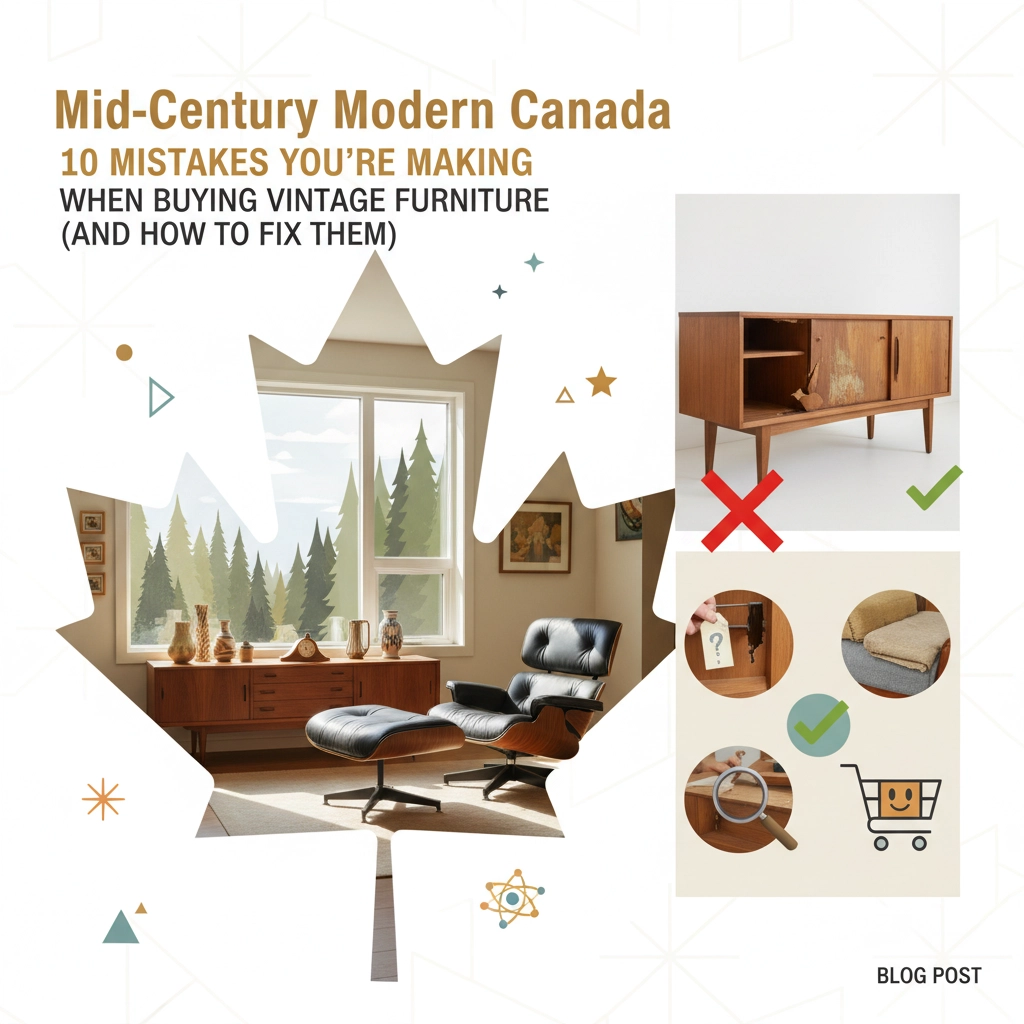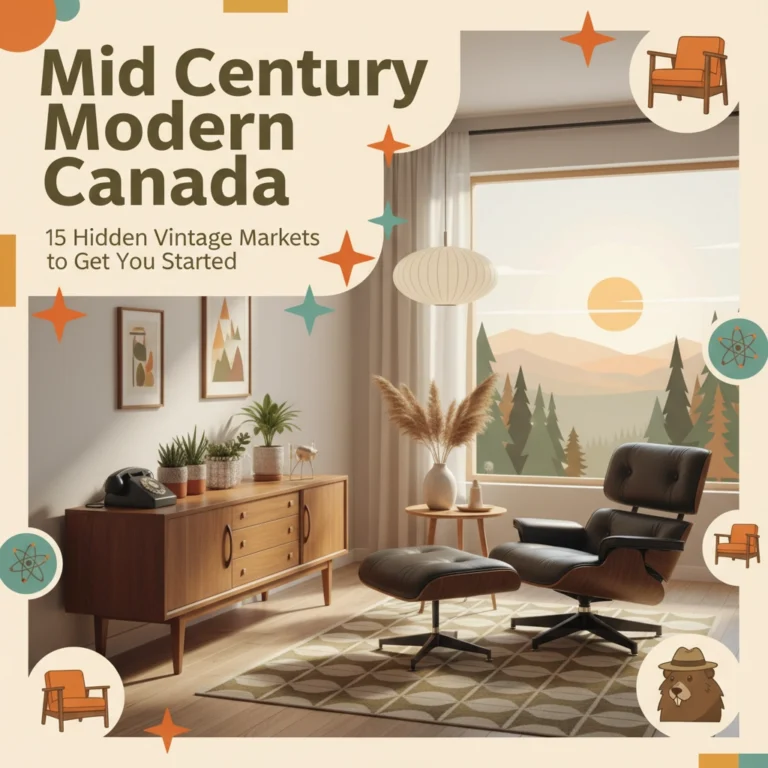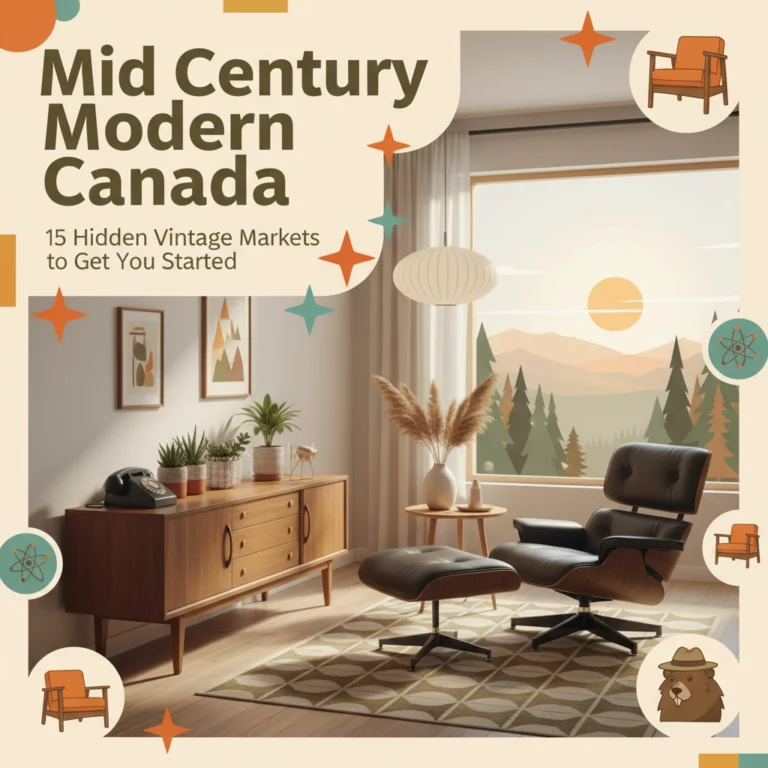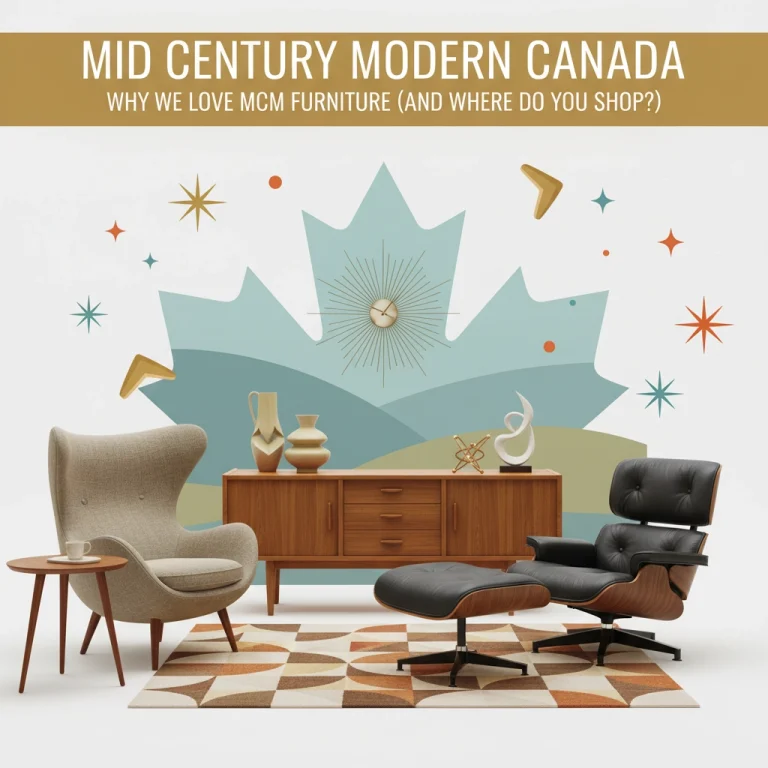If you're hunting for that perfect Eames chair or a sleek walnut credenza, you've probably felt the thrill of spotting what looks like the find of the century. But here's the thing – the Canadian vintage furniture market is packed with both treasures and traps, and even seasoned collectors make costly mistakes.
Whether you're browsing estate sales in Toronto, vintage shops in Vancouver, or scrolling through online marketplaces at 2 AM (we've all been there), these ten mistakes could be costing you money, space, and that authentic mid-century magic you're after.
Mistake #1: Falling for "Mid-Century Style" Instead of the Real Deal
You see those tapered legs and think you've struck gold. But here's what separates the wheat from the chaff – authentic Mid-Century Modern pieces were built with quality hardwoods like walnut, teak, and rosewood. Reproductions? They're usually made with cheaper materials and get the proportions all wrong.
The fix: Look for manufacturer stamps, metal labels, or paper tags. Run your hands along the wood grain – authentic pieces have that rich, open grain texture that screams quality. If it feels too perfect or the proportions look slightly "off," trust your gut.
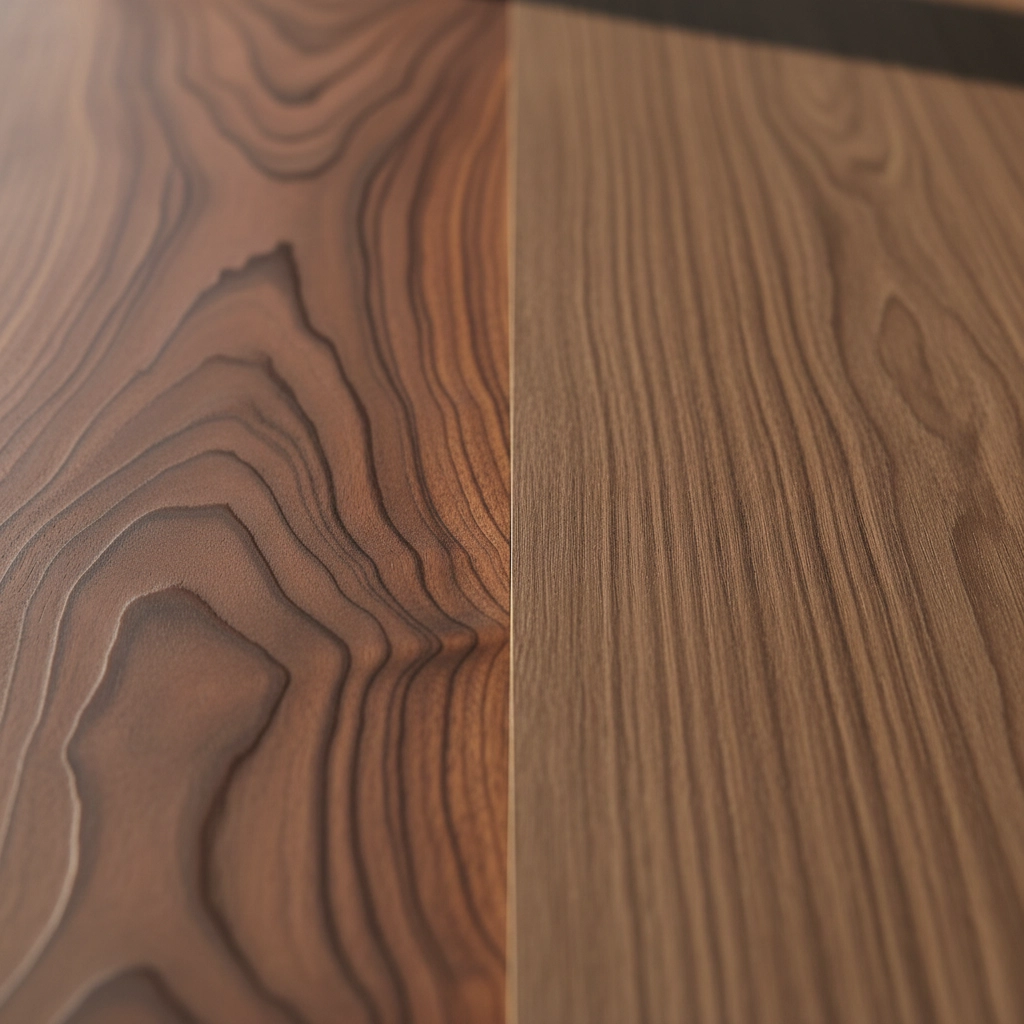
Real mid-century pieces have character written into every grain of wood – reproductions just don't have that soul.
Mistake #2: Not Vetting Your Sellers
We get it – when you spot that perfect piece online, excitement takes over. But buying from sketchy sellers is like playing vintage furniture roulette, and the house usually wins.
The fix: Stick to reputable dealers who know their stuff. Check reviews, ask questions about provenance, and if they can't tell you anything about the maker or era, keep looking. The best dealers are passionate about the pieces they sell – they'll share stories, not just prices.
Mistake #3: Ignoring Red Flag Language
"In the style of Arne Jacobsen" or "attributed to George Nelson" – these phrases should make your spidey-senses tingle. They're fancy ways of saying "this is probably a reproduction."
The fix: Look for concrete information. Authentic pieces come with stories – where they were made, when, by whom. If the description is vague or uses wishy-washy language, it's probably not the real McCoy.
Mistake #4: Skipping the Touch Test
You wouldn't buy a car without test-driving it, right? Same goes for furniture. Those gorgeous drawers need to slide smoothly, chairs shouldn't wobble, and hinges should open without creaking like a haunted house door.
The fix: Test everything that moves. Pull drawers, sit in chairs, open cabinets. If you're buying online, ask for detailed photos of mechanisms and joints. A good seller won't mind – they want you to be happy with your purchase.
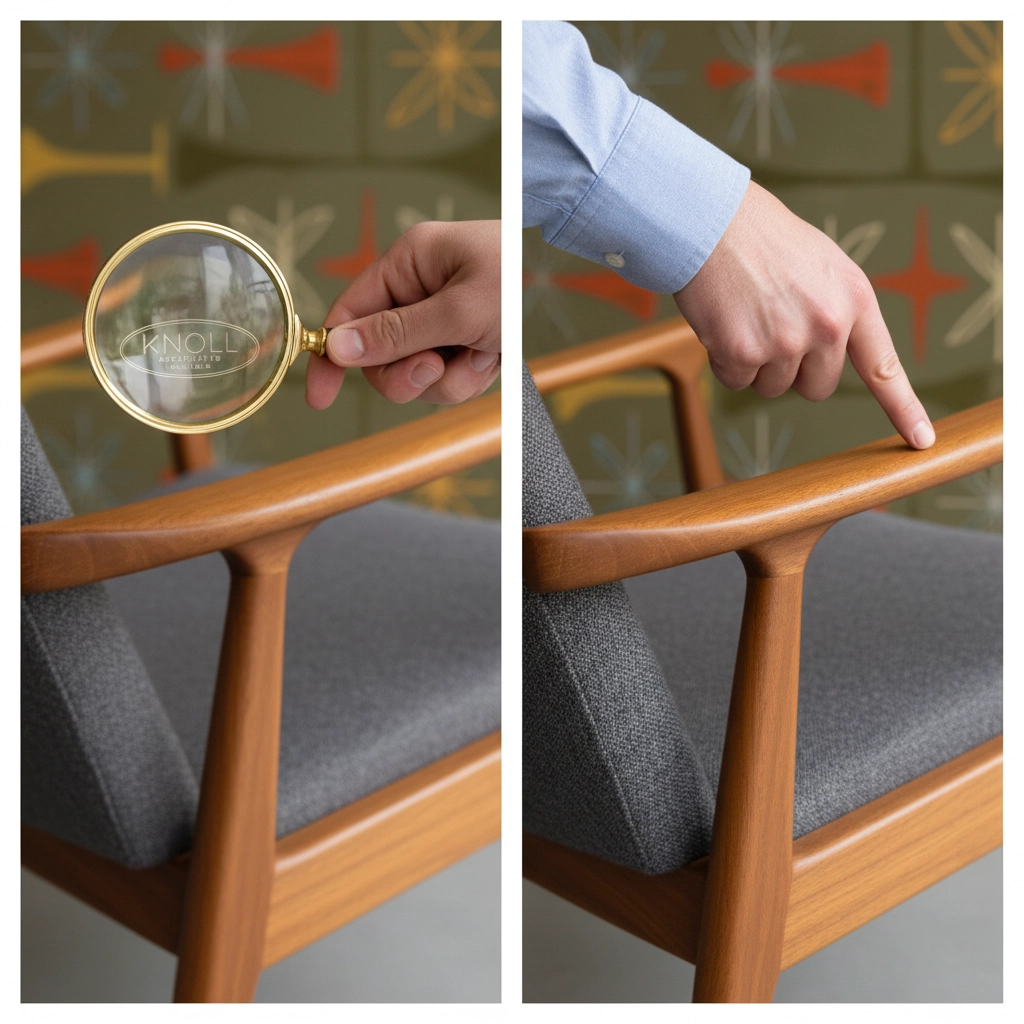
Mistake #5: Being Blind to Obvious Problems
Sometimes the excitement of finding a piece clouds our judgment. We overlook missing hardware, water damage, or wobbly legs because we're so focused on the potential.
The fix: Bring a flashlight (seriously) and inspect every inch. Look for water rings, scratches that go deep into the wood, missing pieces, or signs of pest damage. A little wear adds character – structural problems add headaches.
Mistake #6: Forgetting to Measure (Everything)
Picture this: You score the perfect credenza, get it home, and it won't fit through your apartment door. Or worse – it fits through the door but dwarfs your living room like a wooden whale.
The fix: Measure twice, buy once. Bring a tape measure everywhere, and don't just measure the piece – measure doorways, hallways, staircases, and your actual space. Your future self will thank you.
Mistake #7: Taking on Projects You Can't Handle
That Wegner chair looks incredible, but the seat needs complete reupholstering, the wood needs refinishing, and one leg is slightly loose. Suddenly your "steal" becomes an expensive restoration project.
The fix: Be honest about your skills, time, and budget. Factor in professional restoration costs before you buy. Sometimes paying more for a piece in better condition saves money in the long run.
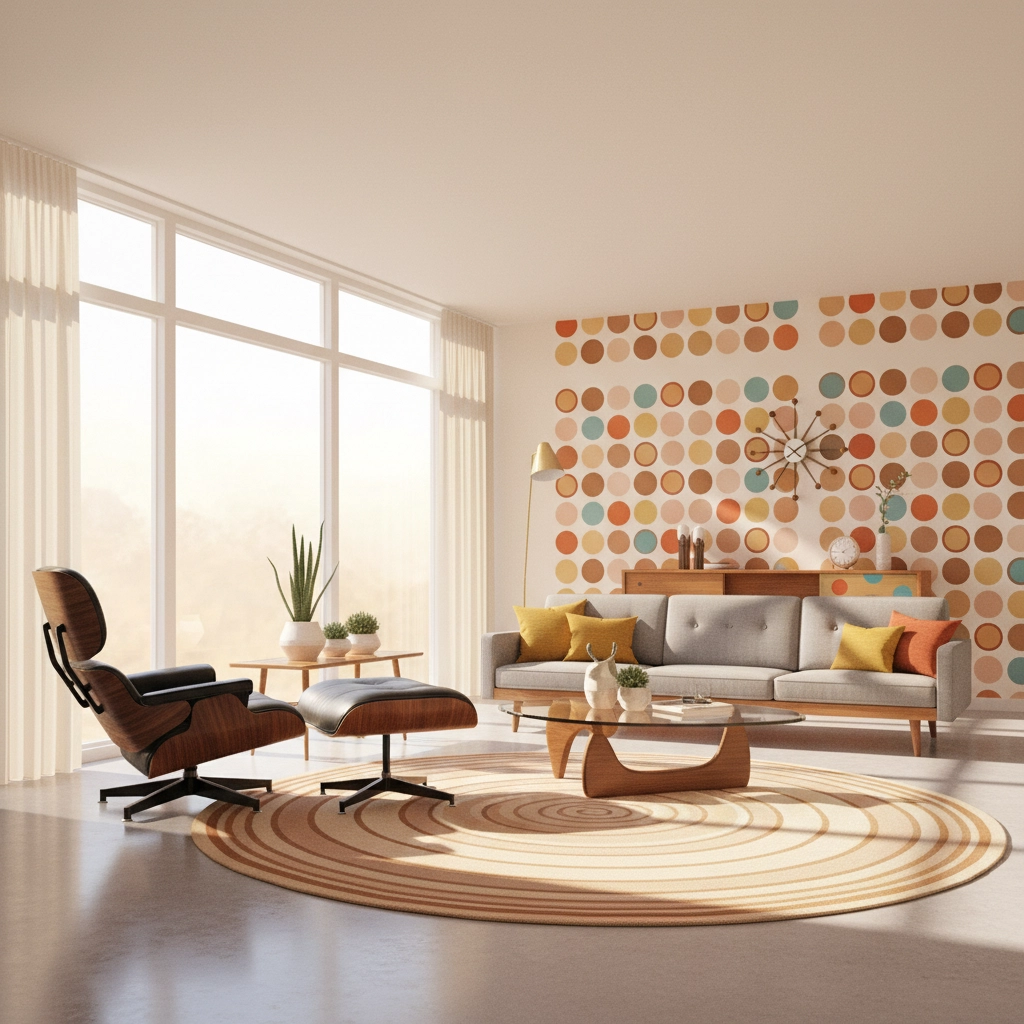
Mid-century pieces deserve respect – if you can't give them the care they need, let someone else be their guardian.
Mistake #8: Chasing Unrealistic "Deals"
A genuine Eames lounger for $200? A Knoll tulip table for $75? If the price seems too good to be true, it probably is. Ultra-low prices often mean reproductions, damage, or sellers who don't know what they have (rare, but it happens).
The fix: Research typical market values before you shop. Know what authentic pieces sell for, and be suspicious of prices that are wildly below market rate. Sometimes the "expensive" piece is actually the better deal.
Mistake #9: Buying Pieces That Don't Play Well Together
Mid-century design is about clean lines and cohesion, but that doesn't mean every piece from 1950-1970 will work together. Mixing too many different wood tones or competing design elements can make your space look chaotic instead of curated.
The fix: Develop a vision for your space before you start shopping. Stick to a consistent wood tone or color palette, and remember that sometimes less is more. Quality over quantity always wins.
Mistake #10: Not Building Relationships with the Community
The best finds often come from connections – dealers who know you're looking for specific pieces, collectors who are downsizing, or estate sale organizers who give you early access.
The fix: Get involved in the Canadian mid-century community. Join online groups, attend vintage shows, chat with dealers, and visit shops regularly. Building genuine relationships opens doors to pieces you'd never find otherwise.
Your Next Steps
Here's the beautiful truth about collecting Mid-Century Modern furniture in Canada – every mistake teaches you something valuable. The piece you passed on because of minor wear? You might regret it. The reproduction you bought thinking it was authentic? That's tuition in the school of vintage furniture.
The Canadian market for authentic mid-century pieces is competitive but rewarding. From the Scandinavian-influenced designs popular in our colder climates to the warm wood tones that complement our natural landscapes, there's something magical about bringing these timeless pieces into Canadian homes.
Start with one authentic piece that speaks to you – maybe a simple side table or a classic chair. Learn its story, understand its construction, and let it teach you what to look for in future finds. Before long, you'll develop that sixth sense that separates the collectors from the casual browsers.
Remember, we're here to help connect you with authentic pieces from trusted sellers across Canada. When you're ready to find your next treasure, you know where to look.
After all, mid-century modern isn't just about furniture – it's about bringing a piece of design history into your daily life, and that's worth getting right.
Ready to find your next mid-century piece?
Browse verified listings near you across Canada. No commission. No hidden fees. Free means free.


